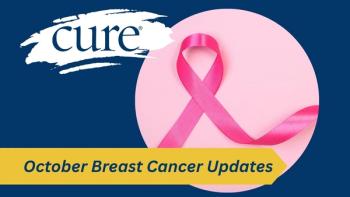
- Spring 2008
- Volume 7
- Issue 1
www.cancer.gov/bcrisktool
Breast cancer risk tool updated for African-Americans.
The National Cancer Institute’s Breast Cancer Risk Assessment Tool received an upgrade in early February to better predict risk in African-American women. The tool previously calculated risk based on research in white women.
Although studies show African-American women have a lower incidence of breast cancer, their risk of dying from the disease is actually higher. Incidence for Latino and Asian-American women is similar to whites, while American Indian women have a lower incidence rate.
The NCI constructed the original online model, made available in the late 1990s, for white women, ages 20 to 89. The institute based the new model on information from the Women’s Contraceptive Reproductive Experiences, or CARE, study and confirmed it with data from the Women’s Health Initiative, or WHI, and the Study of Tamoxifen and Raloxifene, known as the STAR trial. Based on the CARE model, about 30 percent of African-American women have a significant five-year risk of invasive breast cancer, compared with 14.5 percent based on the older models.
“We think the predictions are better for all African-American women,” says Mitchell Gail, MD, PhD, a senior investigator with the NCI’s department of epidemiology and genetics who developed the original and refined model.
Other factors that may affect risk, such as previous radiation therapy to the chest, are not included in the calculation. The new model only changes the assessment of African-American women, but the NCI has plans to expand the model as data for specific ethnic groups become available from screening trials. “We are actively exploring data for Asian women now,” says Dr. Gail.
Articles in this issue
over 15 years ago
Get a Second Lifeover 15 years ago
An Effective Complement to the Pap Smearover 15 years ago
HPV Vaccination Recommendationsover 15 years ago
Debt Collection: Playing Fairover 15 years ago
Bearing the Bankruptcy Burdenover 15 years ago
Debt-Fighting Strategiesover 15 years ago
Resourcesover 15 years ago
Fast Facts: John Plumb Sr.over 15 years ago
What to Watch Foralmost 16 years ago
A Study of Dietary Prudence




